
Newer Technology in a Unique 427 Cobra
Story and Photos by Steve Temple
Time marches on, and so do replicas. While they strive to reincarnate the style and experience of iconic cars, that doesn’t mean they have to do everything the way they used to.
That’s a good thing, since mechanical engineering has come a long way in the last several decades. So what we often find on a repro are newer, better components, even though it looks like it was pulled from the pages of a classic novel. Case in point: Rick Bagley’s Cobra replica from Unique Motorcars.
Rick’s Cobra has a traditional paint job, with Ford Candy Apple Red and Performance White stripes. Underneath the hood is a bona fide 427 Side Oiler, dressed with a period-correct turkey pan and puke tank, and backed by a 4-speed Toploader. In the cockpit are Stewart Warner gauges with a reverse-reading speedo. What could be more original? In fact, Rick once won a “Best in Show” award because the judges thought his car was an authentic Shelby!
Well, let’s go a little deeper. The original Cobra’s frame used 4-inch round tubes for the main rails, but Unique chose 2- by 4-inch rectangular tubing instead on both its 427 and 289 models. Why so? In a word, “strength,” points out Unique’s Maurice Weaver. “Put a corner on a tube and there’s less chassis flex,” he says. The company MIG-welds on gussets as well, for extra bracing.
“Of course, it’s easier too, to cut and weld up a square-tube frame,” says Maurice. A 2- by 3-inch frame is also an option, providing extra room in the cockpit, and allowing a 1-inch lower seating position and 2 more inches in the footbox.
Truth be told, the frame design for the original 427 “coil-spring” Cobra didn’t turn out as intended by Ford engineer Bob Negstad. Instead, AC Cars insisted on using some shorter round tubes that happened to be in stock, which required AC Cars’ design engineer to develop an elaborate box structure to carry the rear suspension – an account related to me in person when I met with Shelby and Bob at Shelby American’s Los Angeles offices a few decades ago. So even an original Shelby doesn’t follow the design as initially conceived!
As for the suspension, availability dictates the choice of certain parts. While many Cobra replicas have Mustang II parts – a favorite configuration for many project cars, Unique prefers to use custom-fabricated, tubular control arms designed specifically for its chassis. These mount on Mustang spindles that are designed for a much heavier car, and thus are overbuilt.
Completing the front end are adjustable coil-over shocks (Rick chose Bilstein) and Wilwood vented brakes. The original Shelby came with solid, unvented Girling discs, which were subject to heat-induced fade. An MGB rack, basically the same as original, handles steering duties.
As for the rear end, the Shelby IRS had a Salisbury (now Dana 44) third member, which is the same found in the Jaguar IRS fitted to the Unique frame. A 3.54:1 ratio is the most popular since most of Unique’s customers order a TREMEC T5 with an overdrive gear. Rick’s is a 3.73, since he’s found that his 427 is happiest when running over 2,000 rpm.
The difference between the two IRS designs is the pair of upper control arms on the Shelby, while the Jag uses the half-shafts as supports. For additional bracing, Unique adds rear trailing arms, which adjust toe in, along with center bracing that bolts to the bottom of the differential and the rear of the frame. What’s the effect of this setup?
“It stabilizes the pinion angle,” Maurice says. That in turn ensures proper anti-squat characteristics for a crisper hookup under hard acceleration. Rick added a 1/4-inch aluminum plate, fabricated by a fellow car builder, to secure the sides of the differential as well.
Another reason for the Jaguar IRS is the plentiful supply. Unique orders them from the United Kingdom, and reconditions them locally.
While space doesn’t permit covering every single Unique upgrade, some other highlights include a plug-and-play custom wiring harness, and heavy-duty door hinges made of 1/4-inch steel plate and braced with 1- by 2-inch steel
beams. Rick’s car in particular has MSD electronic ignition, a McLeod dual-disc clutch, a Lakewood scatter shield, a Tilton high-torque mini-starter and ceramic coating on the sidepipes, all items that were simply not available back in the day.
Another factoid about original Shelbys was that basically no two were alike. They were constantly evolving to respond to the demands of competition and performance, which is what replica manufacturers such as Unique do as well.
Even the aluminum bodies varied on Shelby Cobras. “They looked like they were banged out by bunch of winos under a bridge,” Carroll once complained, referring to the inconsistencies in the fender shape and headlight openings.
AC Cars took exception to this remark, of course, insisting that its panel beaters were skilled craftsmen, as if they were “by appointment to Her Royal Highness.” The truth is likely somewhere in between these extremes, but today’s fiberglass bodies are far more consistent due to the molding process. Unique relies on layup by hand, and squeezing out excess resin. This technique is more time consuming, but lends itself to a higher degree of quality control than a chopper gun, which can result in a resin-rich laminate that’s inherently weaker.
All told, Unique’s nearly 40 years of experience has proven its design and engineering over time. No, its Cobras are not precisely original in configuration. And for that, we’re grateful.

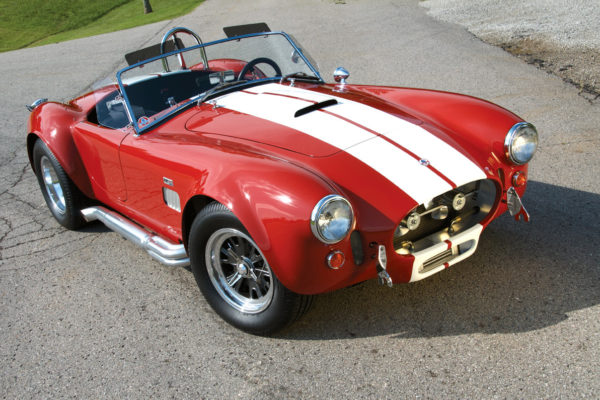


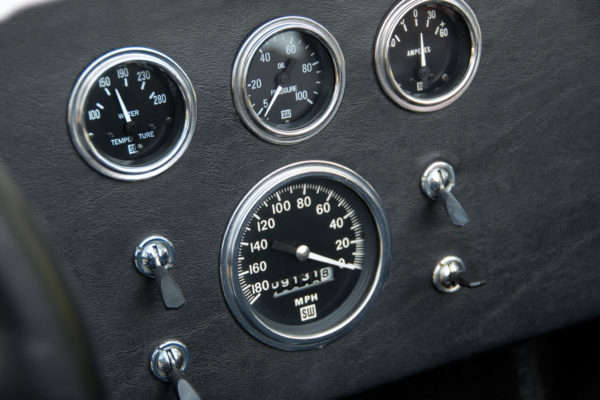


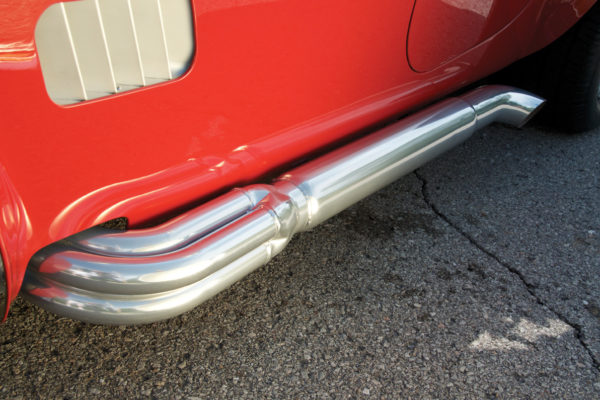
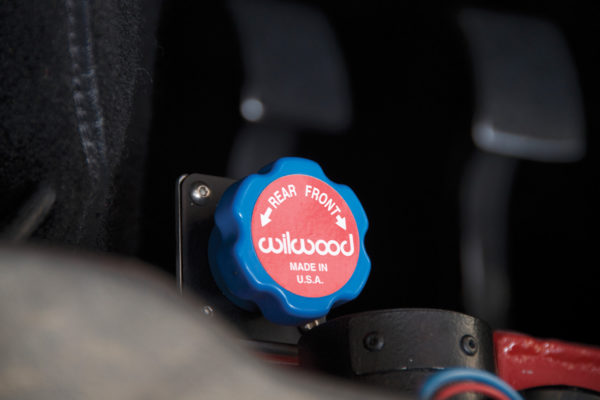
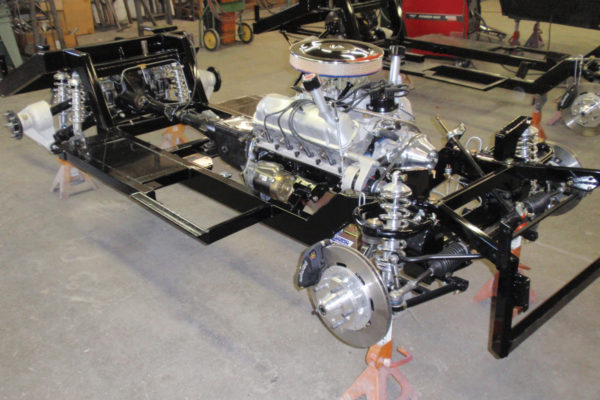
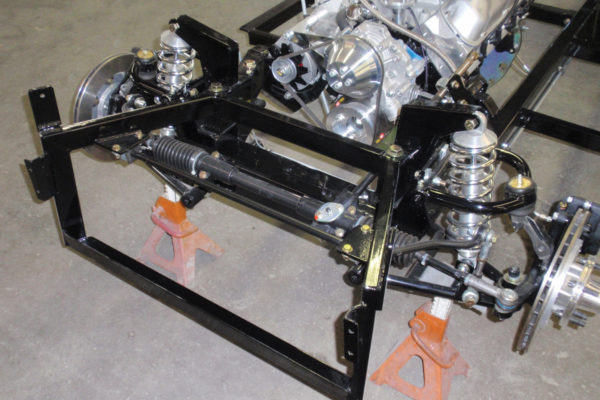
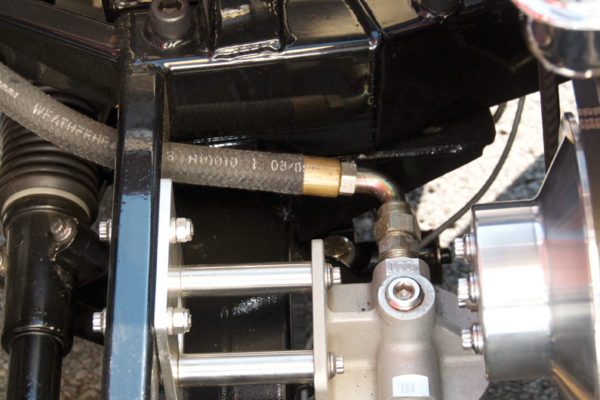
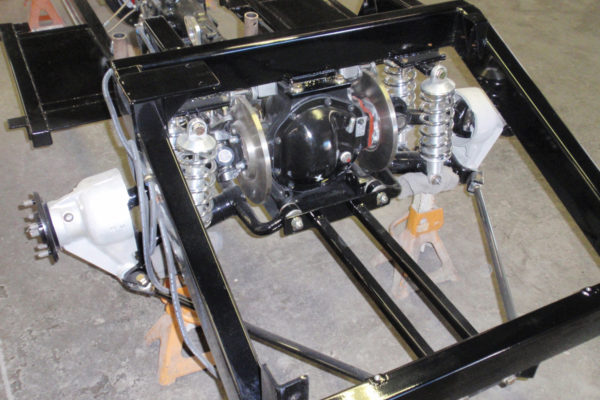
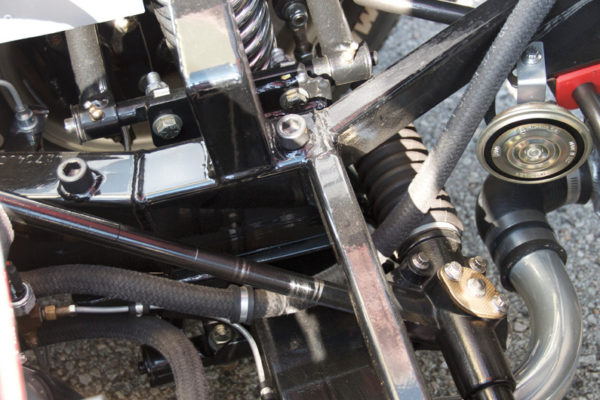
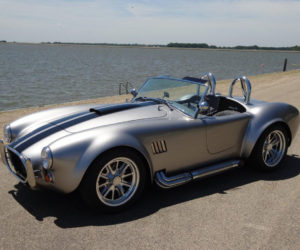
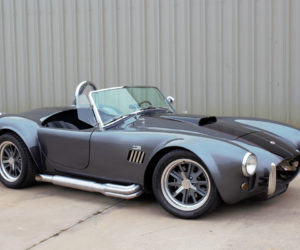
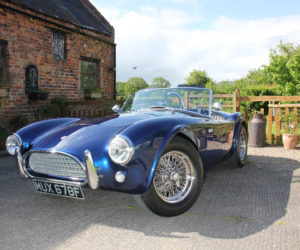
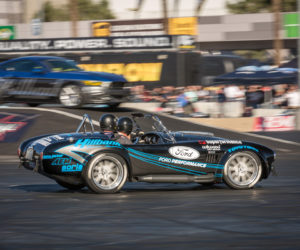
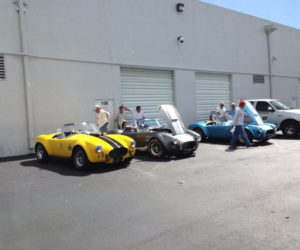
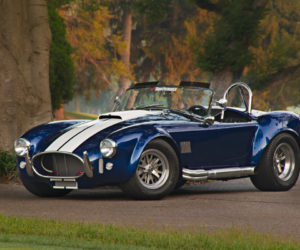




Comments for: Bring It Forward
comments powered by Disqus